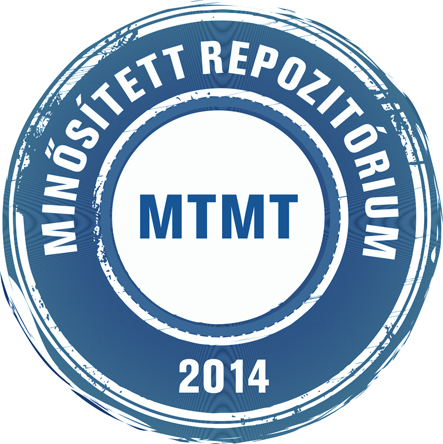Bende, Attila (2023) A daru (Grus grus L.) fészkelése és költésbiológiája Magyarországon. MAGYAR VÍZIVAD KÖZLEMÉNYEK (37). pp. 1-21. ISSN 1416-1389
|
Szöveg
magyar-vizivad-kozlemenyek-2023-37-001-021.pdf Download (992kB) |
Absztrakt (kivonat)
In the present study, we summarized and evaluated the data on crane nesting published in the Hungarian ornithological literature from the mid-19th century to the present day. Most of the nestings recorded in the territory of historical Hungary are not suitable for faunistic evaluation, but instead, the domestic breeding and nesting descriptions of the species are known from ethnographic and historical works. These works mention the Mosorini Marshes (now Mošorin, Serbia) (SCHENK, 1917) and the Csurog region from Vojvodina (SCHENK, 1938), the Feketeügy marshes in the county of Háromszék (ZEYK, 1920), the border between Zenta and Törökbecse in the Drava estuary and the floodplains on both banks of the Danube in Torontal CHERNEL (in BAER, 1907) as former nesting areas from the 19th century. Based on the literature data, it can be concluded that the crane has never been a frequent nesting species in Hungary, but occasional breeding records are known from ten counties, and since 2015 the species has been regularly nesting in the Transdanubian region of Hungary. In terms of nesting, the Transdanubian region (Balaton's Nagyberek, Marcal Basin, Rába floodplain) (55.6%) is the most important, despite the strong dominance of the Tiszántúl region in the numbers of migrating birds during migration. The share of nesting in the Tiszántúl region (37.0%) is lower than in the Transdanubian region, and the lowest share is from the Duna-Tisza area (7.4%). The recent nesting observations are clearly linked to the strengthening of the species' global populations, resulting in an expansion of the nesting range to the south and west. Consequently, the crane is also present in the historic nesting areas of our country. A strong polarisation between recent domestic nesting areas and preferred habitats during migration can be observed. This can be explained by the fact that the nesting pairs find the most suitable habitats for nesting in the Transdanubian region although in the Tiszántúl region preferred habitats for migration and roosting are available over a large area. The observations recorded during the nesting period show a strong correlation with the spatial distribution of the confirmed nesting data (p=0.9201; df=24), so the centre of the observations recorded during the nesting period can also be placed in the Transdanubian region (82.6%). There is not only a spatial but also a temporal difference in the distribution of nesting data between the regions, since the nesting data from the Duna-Tisza and Tiszántúl regions, except for a few reports, date back to the 19th century, while the recent nesting data are related to Vas and Veszprém counties. The nesting site (altitude 83–192 m) in all cases was an open marshy area with 25–30 cm of water cover. Of the known nesting records (n=15), the date of finding nests is reported in only three cases, suggesting that nesting of this species in Hungary may occur from the second half of April to mid-May. The presumably complete clutches (n=12) of cranes recorded between 2015 and 2022 were two-egg clutches (2.0 eggs/clutch), from which the pairs reared 1.7 chicks, which represents a survival success of 83.3%. Although we have only one data on predation in Hungary, habitat loss and disturbance have been observed since 2014, which has a major impact on the species' continued establishment success. In the absence of habitat development interventions, the establishment of a larger nesting population is not expected, but in the current state of the habitat, some pairs of cranes are predicted to nest annually in the Marcal Basin and the Rába floodplain.
Tudományterület / tudományág
agrártudományok > erdészeti és vadgazdálkodási tudományok
Kar
Nem releváns
Intézmény
Soproni Egyetem
| Mű tipusa: | Cikk |
|---|---|
| SWORD Depositor: | Teszt Sword |
| Felhasználó: | Csaba Horváth |
| A mű MTMT azonosítója: | MTMT:34427516 |
| Dátum: | 19 Júl 2024 10:30 |
| Utolsó módosítás: | 19 Júl 2024 10:30 |
| URI: | http://publicatio.uni-sopron.hu/id/eprint/3247 |
Actions (login required)
 |
Tétel nézet |


 Repozitóriumi letöltési statisztika
Repozitóriumi letöltési statisztika Repozitóriumi letöltési statisztika
Repozitóriumi letöltési statisztika
